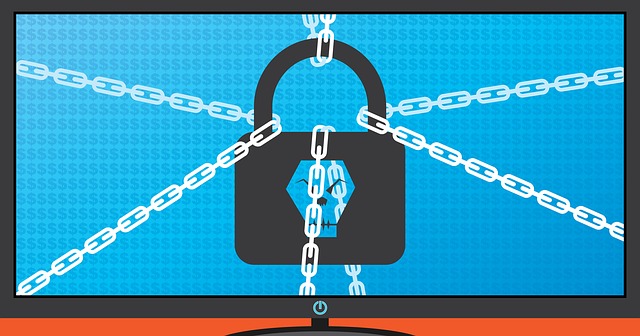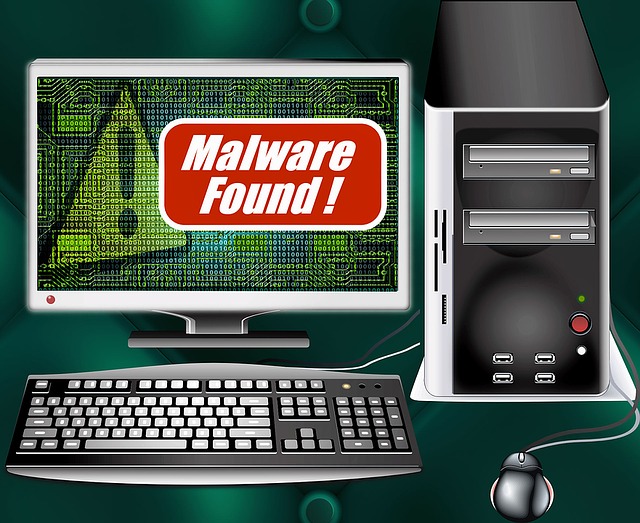Ransomware is malware that encrypts targeted files and demands a ransom be paid to decrypt them. Unfortunately, ransomware attacks are becoming increasingly common, which is why businesses must have a plan in place in case they find themselves victims of one.
This blog post will give you an overview of what to do if you find yourself the victim of a ransomware attack.
What is ransomware?
Ransomware is malicious software that disallows access to a computer system or encrypts files until a ransom is paid. It is spread through email attachments or links to infected websites. Once ransomware has been installed on a system, it will typically display a message demanding payment for gaining access to the system or decrypting files.
If you think that you are struck by ransomware, first and foremost, don’t panic. It can be tempting to immediately pay the ransom when you see all of your files encrypted, but that’s not always the best course of action. In some cases, paying the ransom only encourages the attackers and puts you at risk of being attacked again.
Follow these initial steps if you are attacked by malware:
Step 1: Isolate
Isolate the infected system: To prevent the ransomware from spreading to other plans on your network, isolate the infected system by disconnecting it from the web. It will stop the ransomware from being able to encrypt any more files.
Step 2: Restoration from backups
If you have data backups, this is the time to use them. First, restore your data from backups and then format the infected system. It will eliminate any traces of the ransomware and allow you to get back up and running quickly.
Step 3: Involve cybercrime units
Contact law enforcement: Once you’ve restored your data, it’s important to contact law enforcement so they can try to track down the attackers and prevent them from attacking other businesses.
Step 4: Review your cyber security
Review your cyber security strategy and ensure that you have appropriate security measures to protect yourself from future attacks. It might include training employees on cyber security best practices or investing in endpoint protection software.
Essential preparedness for future malware attacks:
Backup for cloud services:
Enterprises are moving to cloud-based services. Unfortunately, this creates an opportunity for savvy hackers who can pivot from on-premise attacks into these new markets with purpose-built tools that exploit common weaknesses in operating systems and application programming interfaces (APIs).
A strong cyber security strategy should include precautions such as strengthening Cloud Computing resources so users don’t fall prey when accessing information remotely through services provided both internally at company headquarters but also external providers who may provide
Adopt best backup practices:
The traditional method for backing up data is outdated and ineffective in ransomware situations. In addition, tapes wear out, which increases the risk of losing important information.
Keep an eye on the latest backup practices. The newest approach to ransomware defense is a technical solution that creates air-gapped snapshots of your primary storage.
Ransomware attacks are becoming increasingly common, which is why businesses need to have a plan in place in case they find themselves victims of one. Following the steps outlined above, you can minimize the damage caused by a ransomware attack and get back on track to keep running as quickly as possible.



